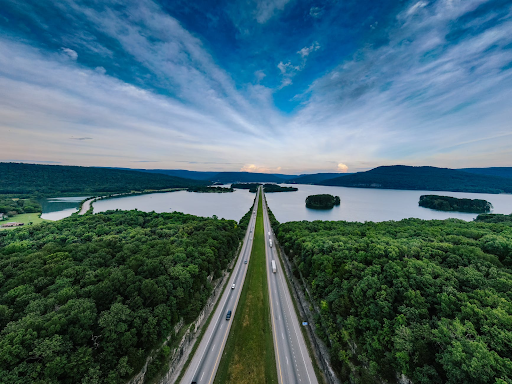Weathering the Storm: Structural Integrity in Extreme Conditions
When an unstoppable force meets an immovable object, it’s not just a philosophical conundrum—it can be a situation that your home faces during extreme weather conditions. Homeowners understand the value of shelter not just as a space of comfort, but also as a fortress of safety. In the face of rising climate unpredictability, ensuring your home stands strong is paramount. From hurricanes to blizzards and everything in between, sudden climatic shifts present challenges to the structural soundness of our homes.
Understanding Structural Integrity
Structural integrity refers to the ability of a building to withstand its intended load without experiencing failure or collapse. This concept becomes crucial, especially in areas prone to severe weather events, ensuring the safety and longevity of structures.
Inner Workings of a Home’s Sturdiness
Structural integrity is more than just a heavy roof or thick walls; it’s the ability of all parts of a structure to support themselves and the loads they contain, regardless of external forces. In the context of homes, this means being able to resist high winds, heavy snow, and seismic activity.
The Structural Assessment
Assessing the structural integrity of your home can be complex, involving various experts. However, there are basic visual checks that any homeowner can perform. Standing in your house and inspecting the foundation, looking for signs of wall or floor cracks, and noting any new bulging or bowing can give you an initial indication of your home’s structural health.
Preparing for Extreme Weather
Preparing for extreme weather conditions is a multi-step process that requires attention to detail and a proactive approach. By equipping your home with the necessary defenses, you can significantly increase its resilience against the forces of nature.
General Preparations
Different storms call for different measures. Have a plan for evacuating or seeking shelter, and ensure everyone in your household knows it. Stock up on emergency supplies and create a kit with essentials in case of power failure.
Targeting Weak Points
Identifying and reinforcing the weak points in your home is critical to enhancing its ability to withstand extreme weather. Among these vulnerabilities, the roof stands out as a primary line of defense against elements such as rain, hail, and snow. A damaged or aging roof can lead to devastating consequences during a storm, making it essential to routinely inspect and maintain this part of your home. In areas with frequent heavy weather conditions, like Salt Lake City, homeowners often opt to replace roof materials with more durable options.
Future-Proofing Your Home
While we can’t control natural disasters, there are steps we can take to ensure that our homes are better equipped to weather the storm. With climate change causing more frequent and severe weather events, future-proofing your home becomes even more crucial.
Investing in Upgrades
Upgrading your home with stronger materials and reinforcements is an excellent way to future-proof against extreme conditions. For example, installing impact-resistant windows can protect against high winds and flying debris during hurricanes.
Incorporating Sustainable Features
Sustainability in home design goes beyond reducing our carbon footprint; it can also increase a home’s resilience to extreme weather. Consider incorporating features like rainwater harvesting systems and solar panels, which can help reduce the pressure on municipal infrastructure during heavy storms while also providing backup power during outages.
Conclusion
In the face of increasing extreme weather events, it’s essential to prioritize the structural integrity and resilience of our homes. By understanding the concept of structural integrity and taking proactive measures to prepare for and future-proof against extreme conditions, we can ensure that our homes remain our safe havens in any storm. So whether you live in an area prone to hurricanes, blizzards, or earthquakes, don’t wait for a disaster to strike before taking action to protect your home and loved ones.
